Qiaotou Sugar Factory (橋頭糖廠)
The Qiaotou Sugar Factory, which commenced operations on January 15, 1902, was capable of processing 200 tons of sugarcane per day. It marked Taiwan's prosperous era of sugar production and achieved numerous notable records in the country's sugar industry. However, due to significant changes in the economic environment, the factory ceased operations on February 28, 1999.
Recognizing the special historical significance of the Qiaotou Sugar Factory, the former Kaohsiung County Government (now Kaohsiung City Government) designated it as a county historical heritage preservation area in 1988. Taiwan Sugar Corp. subsequently transformed the factory into a museum dedicated to Taiwan's sugar industry on May 1, 2006.
The museum currently preserves a section of the original factory wall, which was built 100 years ago, allowing visitors to reminisce about the past. The entire sugar manufacturing process, from transporting sugarcane to squeezing, cleaning, evaporation, crystallization, molasses separation, and packaging, is showcased to help visitors understand the challenges faced in the sugar production industry.
Piggy Heritage Museum (豬仔文物館)
Originally built in 1902 as the club of the Qiaotou Sugar Factory, this building featured an open space in front that served as a training ground for the Japanese armed forces. The architectural style resembles that of Dutch colonies in Southeast Asia, incorporating elements of traditional European architecture such as elevated structures for ventilation and continuous arches. While the design drawings originated from the Netherlands, they also incorporate certain aspects of Japanese architectural style, such as the use of Japanese cypress in the construction of the roof.
The "Pig Club" building, also known as the Piggy Heritage Museum, is the largest structure within this historic site. It houses the "Piglet Cultural Relics Exhibition Area," which primarily showcases over 1,400 pig figurines donated by Professor Chen Shimeng of National Taiwan University. Additionally, the museum displays 514 piglet models donated by the former director of the Livestock Research Institute, Ge Fujiang. The collection includes cultural and creative wood-carved pigs from the Tsou tribe in Alishan, as well as exquisite pig figurines, paintings, mugs, toys, and more from various regions, including Hawaii, Greece, Peru, and Chile. The exhibition highlights the diverse and unique cultural works related to pigs from Taiwan's indigenous communities. The "Piggy Bank Area" within the museum exhibits piggy bank boxes made from various materials, showcasing different styles and creative ways of saving money.
Black Copper Guanyin
In 1902, President Suzuki, aiming to boost morale among Japanese technicians far from home and foster a sense of community among Taiwanese farmers involved in sugar production, collected bronze mirrors from mainland China and constructed a holy Guanyin statue next to the sugar factory office. The statue's design is inspired by the Sacred Guanyin statue at Yakushi Temple in Nara, Japan, and holds significant artistic value. Positioned to face the sugar factory, the Guanyin Buddha statue symbolizes protection for both the community house office and the well-being of the factory staff. President Suzuki originally cast four statues of Avalokitesvara Bodhisattva: one for Qiaotou Sugar Factory in Kaohsiung City, another for Morimachi in Shizuoka Prefecture (Suzuki's hometown), a third for Kanagawa Kamakura (Suzuki's villa), and the last for Tokyo Fukagawa (Japan Sugar Factory headquarters). Legend has it that the copper lightning rod installed above the sugar factory was stolen by anti-Japanese individuals shortly after its installation.Social Housing Office (社宅事務所)
The Community House Office, currently classified as a third-class monument, holds significant historical value within the Qiaotou Sugar Factory. Its architectural style draws inspiration from Dutch colonies in Southeast Asia, reflecting the general European colonial style prevalent in tropical regions. The building features elevated structures for ventilation and incorporates cloisters and continuous arches, reflecting traditional European architecture. To counter anti-Japanese elements during that time, the Community House Office even imported reinforced concrete structures from the UK for the central porch and entrance base, allowing for fortification and the establishment of a defensive position. The parapet walls around the cloister's roof include gun holes for defensive purposes, and a basement was excavated beneath the building to store food. During attacks by "gangsters," the self-defense team formed by the Sugar Refining Institute staff defended the building while women and children sought refuge in the basement. The Community House Office became a fortified defensive fortress. This office of Taiwan Sugar Co., Ltd. was built in 1901 and symbolizes a milestone in Taiwan's emerging sugar industry, as well as an important building during the Japanese occupation period. The architectural structure combines wooden and brickwork elements.
Director's Dormitory
Constructed in 1940, the director's dormitory is a traditional Japanese-style official residence built for former director Zenzaburo Kinki. It covers an area of 59.62 square meters and features a cypress roof truss, raised floor, and wooden bed bundle. It represents the most iconic Japanese-style wooden dormitory in the factory. After the liberation in 1946, it served as the deputy director's dormitory. In 1955, the internal layout was slightly modified to accommodate daily life. The surrounding garden boasts tall Ceylon olive trees and Burmese garden flowers, creating an elegant yet melancholic ambiance. The movie "Prince of Tears" was filmed at this location, recreating the military village style of the 1950s. In an era of limited resources, incomplete remnants of fond memories are often tinged with a touch of nostalgia. Following its restoration in 2012, many people have visited to take pictures and appreciate its elegant appearance.Deputy Director’s Dormitory
The deputy director's dormitory, constructed in 1940, occupies an area of 33.76 square meters. It served as the primary wooden residential building during the Japanese Occupation Period. The design of the dormitory included the planning of the front courtyard and backyard, providing a cohesive and harmonious environment. To this day, the main structure of the building and its surroundings remain intact, showcasing the distinctive Japanese-style wooden architecture and a meticulously crafted Japanese-style garden landscape within the factory area.
However, in June 1988, the Qiaotou Sugar Factory was closed, leading to the suspension of production. As a result, the dormitory of the deputy director suffered severe damage due to neglect and lack of maintenance caused by the factory's closure.

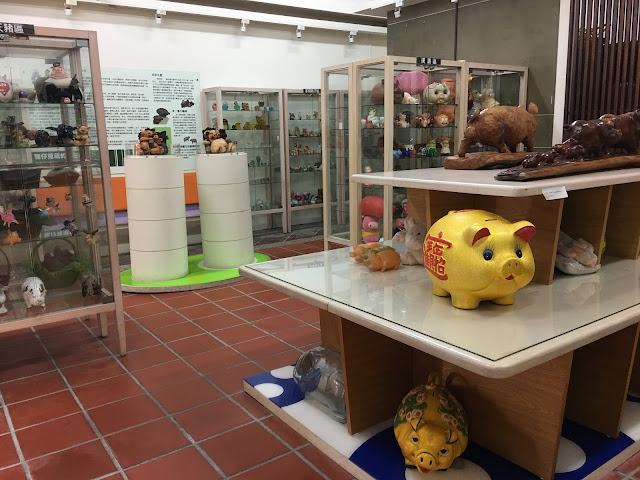
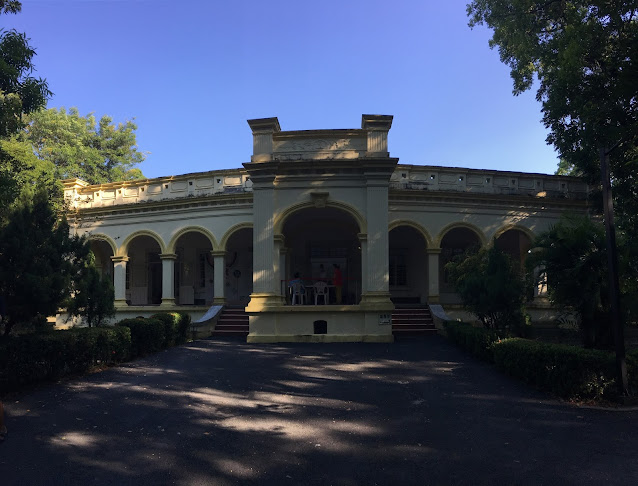
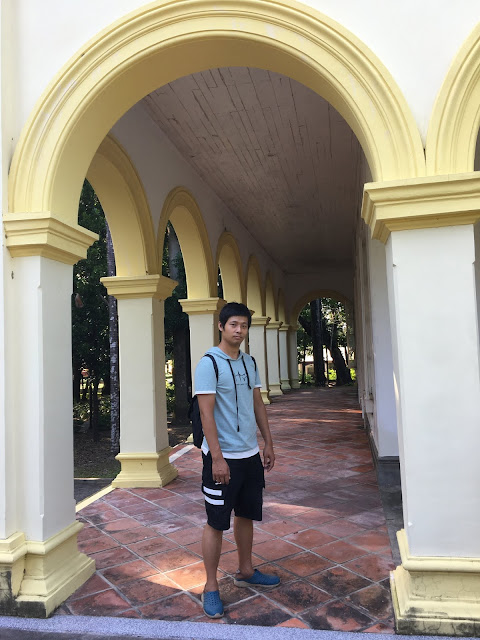
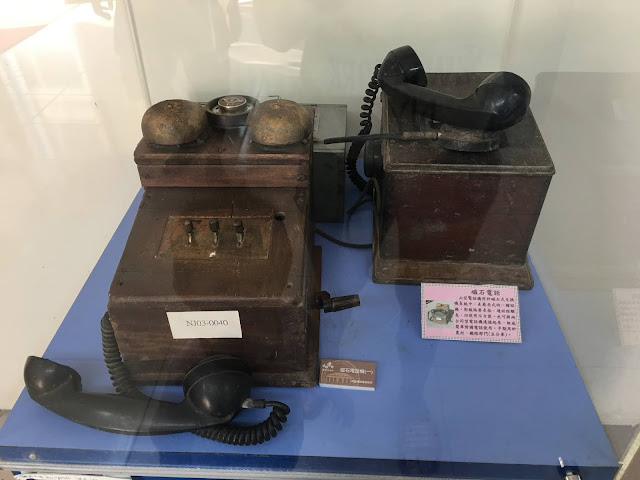











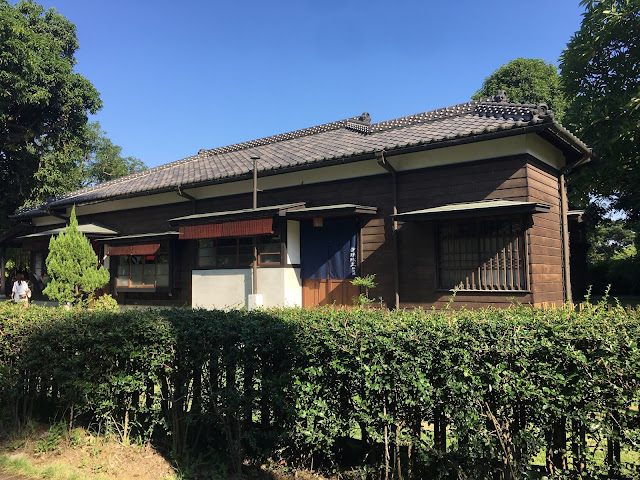




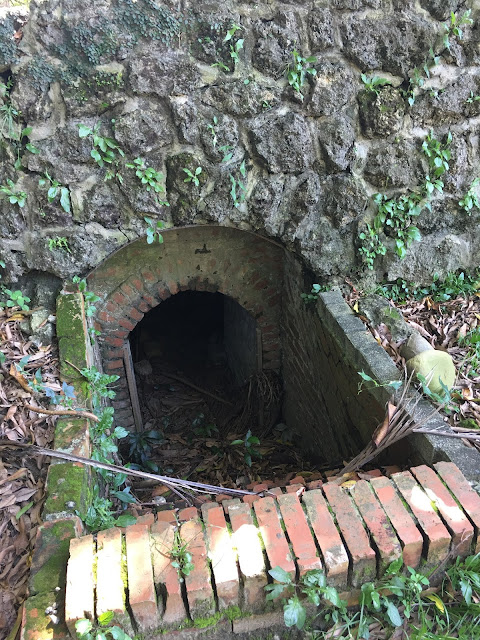
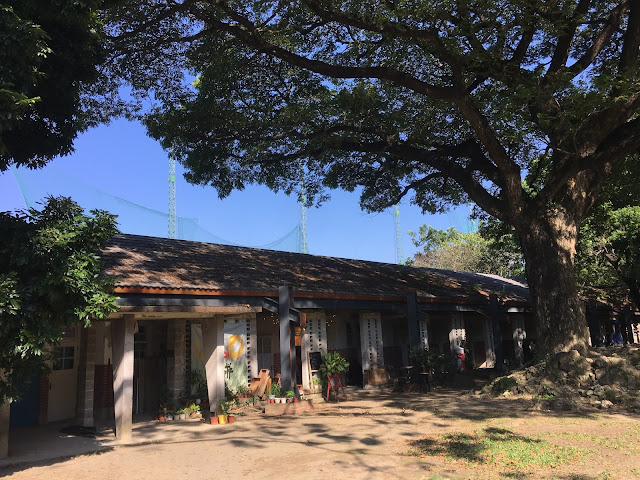








0 komentarze:
Post a Comment